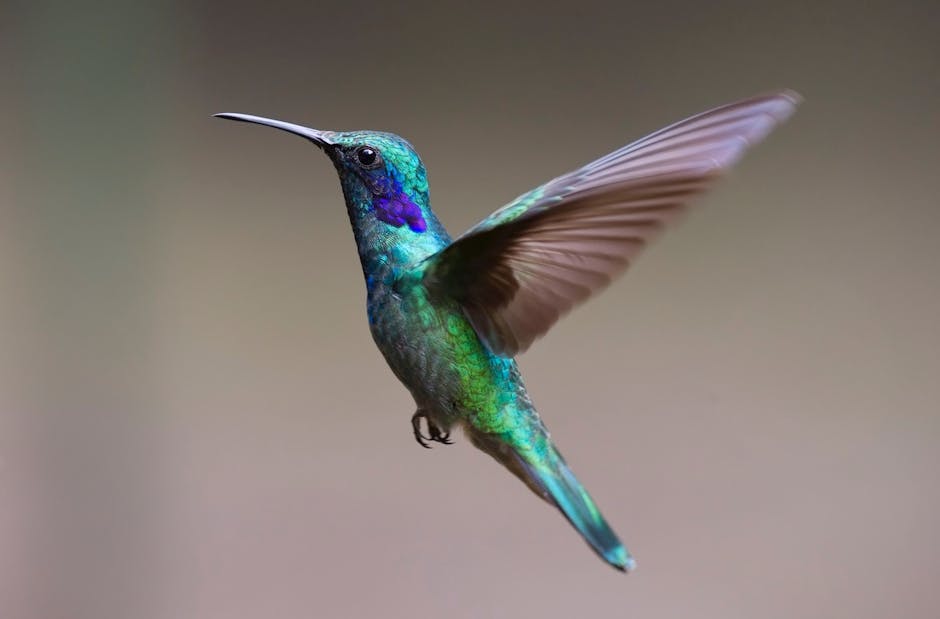Blowing all previous mobile gaming revenue records to smithereens, the first Angry Birds game launched in 2009 by Rovio Entertainment catapulted into an astonishingly triumphant global sensation. With its whimsical mix of cartoonish characters, challenging skill-based gameplay, and intriguing progression mechanics, Angry Birds quickly took flight in the gaming industry market, capturing the fun-spirited fascination of millions worldwide.
Angry Birds Initial Success and Revenue Boost
The market impact created by Angry Birds was nothing short of phenomenal. Swiftly soaring to the top of various mobile application sales charts, Angry Birds’ initial success translated into a substantial revenue uplift for Rovio:
- Within a year of its release, the game surpassed over 50 million downloads.
- By the end of 2010, Rovio was reportedly earning around $1 million per month from the game.
- Angry Birds became the most downloaded paid application of all times on multiple platforms by late 2011.
The unique gameplay that combines strategy with a dynamic physics engine, diverse and endearing characters, and levels presenting escalating difficulty and a reward system, amplified the game’s intrigue.
Angry Birds Franchise Expansion and Its Impact on Revenue
Following the overwhelming success of the original game, Rovio Entertainment astutely seized the opportunity to expand the Angry Birds franchise. This expanded ecosystem, encompassing sequels, spin-offs, merchandise, movies, and even theme parks, played a significant role in sustaining and extending the franchise’s revenue stream.
- Sequels and spin-offs like Angry Birds Seasons, Angry Birds Rio, and Angry Birds Space incrementally boosted the franchise’s revenue.
- The licensing of Angry Birds merchandise, encompassing everything from plush toys to clothing and accessories, added another lucrative revenue arm for Rovio.
- The release of The Angry Birds Movie and its sequel brought a whopping $352 million and $154 million in worldwide box office receipts, respectively.
The Role of In-app Purchases and Advertising in Angry Birds Revenue
Another crucial factor in Angry Birds’ revenue story is the power of in-app purchases and advertising. Having a massive user base provides a remarkable platform for revenue generation beyond the original game’s purchase cost.
- In-app purchases of virtual goods, additional functionality, and premium content accounted for a significant proportion of Rovio’s subsequent revenue.
- Through strategic placement of in-app advertising, Rovio capitalized on its game’s widespread use to bring in consistent advertising revenue.
While in-app purchases and advertising can significantly bolster income, they can also present potential challenges. The balance between enhancing game experience through monetization and maintaining user satisfaction is a delicate one.
Long Term Sustainability and Revenue Decline for Angry Birds
Despite the impressive growth and revenue figures, the Angry Birds franchise’s shine began to fade over time. The market saturation, competition from new games, and gamer preferences’ shift led to a slowdown in the revenue flow, showing the inherent volatility of the gaming industry.
- Mobile gaming competition became stiffer with the entrance of powerhouse competitors, eating into Angry Birds’ market share.
- Owing to the franchise’s long lifespan, the saturated market led to decreased downloads and declining revenue.
As Rovio navigated through these challenges, it leaned into a broader entertainment strategy diversifying the Angry Birds brand, showing that game developers need to continually innovate to maintain long-term revenue sustainability.
Angry Birds Franchise Total Earnings: Pulling Down an Empire?
Despite the decline, the revenues pulled in by the entire Angry Birds franchise are nothing short of impressive. The total amount brought in by Rovio Entertainment through the Angry Birds franchise is approximated to be over $2 billion across all revenue streams. This figure, although not as impressive as some of the most recent gaming hits, nevertheless stands as a testament to the franchise’s impact on the mobile gaming industry.
- The Angry Birds franchise, also including spin-offs, merchandise, films, and theme parks, has brought significant returns for Rovio Entertainment.
- While outperformed by giants like Clash of Clans and Fortnite in revenue, Angry Birds led the way for mobile gaming, proving the profitability and popularity of the platform.
The relative success of the Angry Birds franchise demonstrates that in the gaming industry, success can still be found even when faced with market fluctuations and competition. The key to long-term revenue growth and sustainability is diversification, strategic planning, and a keen understanding of the market.
In Conclusion
The runaway success of Angry Birds serves as a fascinating case study for anyone interested in the gaming industry’s revenue potential. While the challenges Rovio Entertainment faced reflect the volatile nature of the industry, the company’s ability to utilize diversification strategies and effectively monetize its user base offers valuable lessons for other market entrants.
Despite the ups and downs, the Angry Birds franchise still stands as one of the most iconic mobile games in history and continues to serve as a shining example of how far the mobile gaming industry has come since the arrival of smartphones. As the industry continues to evolve, the story of Rovio and Angry Birds undoubtedly offers insightful takeaways for aspiring developers and gaming enthusiasts alike.
To cap off, remember: Games come and go in popularity, but a strong, innovative franchise, like Angry Birds, can weather market storms and continue to generate substantial revenue in the long run.
Key Takeaway:
- Angry Birds experienced notable initial success after its launch in 2009 by Rovio Entertainment, causing a significant increase in revenue.
- Following this, the franchise continued to grow, with sequels, merchandise, movies, and theme parks contributing to an expanded income stream.
- In-app purchases and advertising played a significant role in boosting Angry Birds’ revenue due to the large user base.
- However, market saturation, changing gamer preferences, and competition have led to a decrease in the franchise’s revenue over time.
- Despite this decline, the overall revenue generated by the Angry Birds franchise is reported to be over $2 billion, showcasing its massive influence in the gaming industry.
While the gaming industry is fickle with ever-changing trends and tastes, the story of Angry Birds testifies to the potential for significant revenue even amid such uncertainties. Being innovative, capitalizing on success, and diversifying revenue streams are critical strategies for sustained success in this dynamic space. Onward, game creators!
FAQs
Q: Was Angry Birds profitable immediately after its launch?
A: Yes, Angry Birds saw immediate success upon its release in 2009, generating significant revenue for Rovio Entertainment.
Q: How did Angry Birds make its money?
A: Initially, revenue was generated primarily from game purchases. However, as the franchise expanded, money was also made through sequels, merchandise, movies, theme parks, in-app purchases, and advertising.
Q: Did all Angry Birds sequels and spin-offs perform as well as the original game?
A: Not necessarily. While sequels and spin-offs contributed to the overall revenue of the franchise, their individual performance varied.
Q: Why did the revenue from Angry Birds decline over time?
A: Factors such as market saturation, competition, and changes in gamer preferences contributed to decreased popularity and a slowdown in revenue.
Q: How did Rovio Entertainment handle the decline in Angry Birds’ popularity and revenue?
A: Rovio sought to diversify its revenue streams as a response to declining revenues, broadening its focus into a wider entertainment strategy.
Remember, sharing your knowledge and insights helps us all grow. If you found this article valuable, don’t hesitate to share it. Explore more topics on our website to fuel your curiosity!












